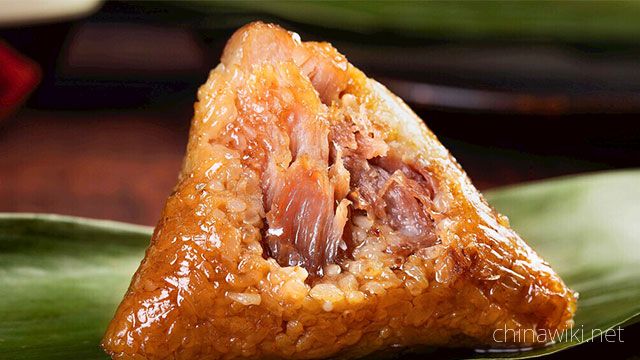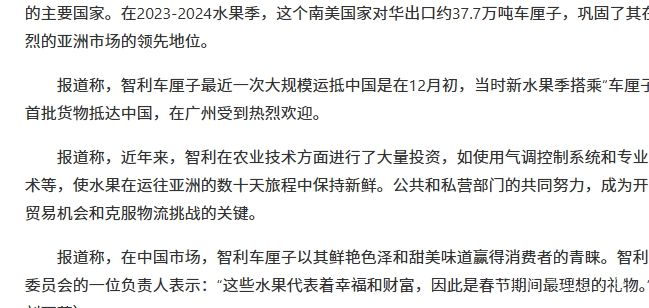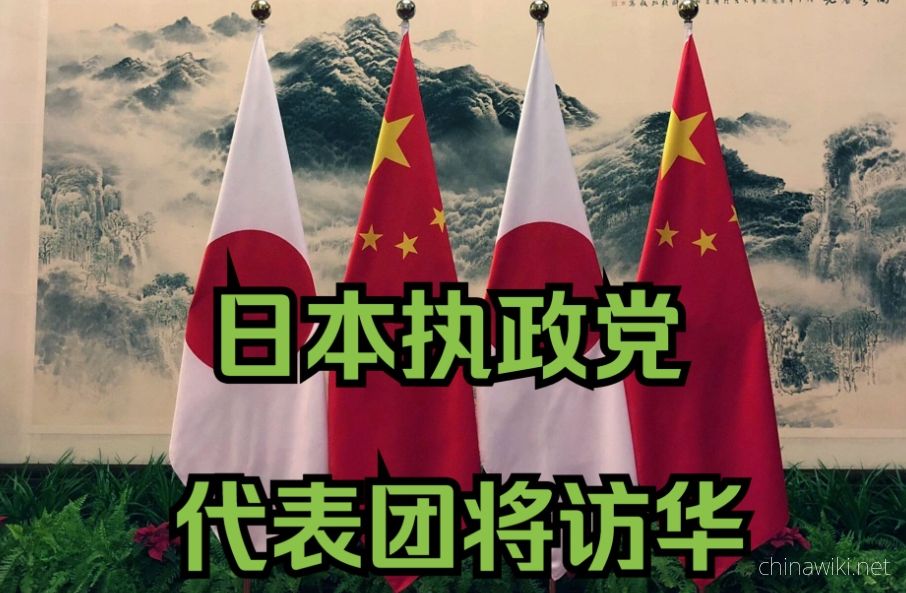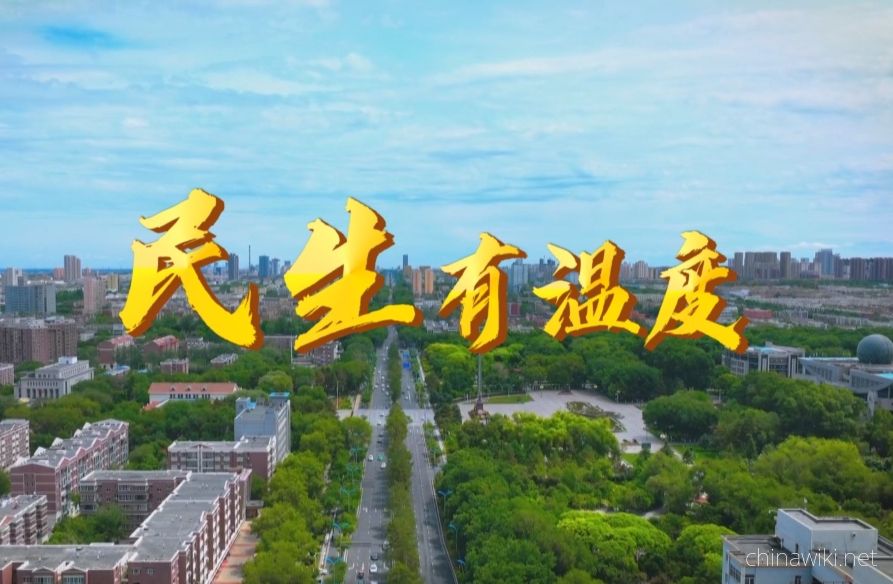History of Zongzi in China
Zongzi, also known as Zongzi, is mainly made of glutinous rice and stuffing, wrapped with Ruo leaves (or new leaves, ancient bougainvillea leaves, etc.), and has various shapes, mainly in angular and quadrangular shapes. Zongzi has a long history. It was originally used as a tribute to ancestors and gods. Zongzi, as one of the most profound traditional foods in Chinese history and culture, has spread far.
The word "Zongzi" was written in ancient times as "Zongzi". Historically, the written records of Zongzi were probably first seen in Shuowen Jiezi by Xu Shen of the Han Dynasty, which was interpreted as "reed leaves wrapped in rice". At the end of the Eastern Han Dynasty, millet was soaked in ash water from plants and trees. Due to the alkaline content in the water, millet was wrapped in bamboo leaves in a square shape and cooked, known as Guangdong alkaline water Zongzi. At the same time, a small amount of Zongzi stuffed with pork is the most popular.
Zongzi, a type of food, has been passed down for a long time. In the "Fengtu Ji" written by Zhou Chu, the prefect of Xinping in the Western Jin Dynasty, the term "Jiaoshu" was explicitly mentioned: "In the middle of summer, at the end of the fifth year, Fang Boxie was extremely satisfied. When enjoying Jiaoshu, the turtle scales were Shunde." In the north, millet was produced and used to make Zongzi in the shape of horns. In ancient times, it was called "Jiaoshu" in the north. According to research, Zongzi appeared before the Spring and Autumn period and was originally used to worship ancestors and gods; In the Jin Dynasty, Zongzi became the festival food of the Dragon Boat Festival.
In the Jin Dynasty, Zongzi was officially designated as the food of the Dragon Boat Festival. At this time, in addition to glutinous rice, the raw materials for wrapping Zongzi are also added with Chinese medicine Yizhiren. The cooked Zongzi is called "Yizhizong". Rice mixed with chestnuts and other ingredients leads to an increase in variety. Zongzi is also used as a gift for communication.
Tang Dynasty: Zongzi rice has been "white as jade", and the shape of Zongzi appears cone and diamond. The Japanese literature records "Zongzi of the Tang Dynasty".
During the Song Dynasty, there was already "preserved rice dumplings", which means that fruits were added to the rice dumplings. The poet Su Dongpo once said, "I see yangmei in the Zongzi.". At this time, there were advertisements made with Zongzi stacked into pavilions and wooden carts, indicating that eating Zongzi was very fashionable in the Song Dynasty.
During the Yuan and Ming Dynasties, the wrapping material of Zongzi has changed from wild rice leaves to indocalamus leaves. Later, Zongzi wrapped with reed leaves appeared. Additional materials have appeared such as bean paste, pine nut, jujube, walnut, etc. The variety of Zongzi is more colorful.
Ming and Qing Dynasties: Zongzi wrapped in reed leaves appeared, and bean paste, pine nut kernels, dates, walnuts, red beans and other additives appeared, making the variety more colorful. "Ham Zongzi" appeared in the Qing Dynasty. During the Ming and Qing dynasties, Zongzi became an auspicious food. According to legend, at that time, all the scholars who took the imperial examination, especially before the college entrance examination, had to eat the "brush Zongzi" specially wrapped for them at home before going to the examination room. It looked slender and looked like a brush, with a homophonic sound of "must hit", in order to win praise.
Until now, at the beginning of the fifth month of the lunar calendar every year, Chinese people have soaked glutinous rice, washed Zongzi leaves, and made Zongzi, with more varieties. From the filling, Beijing jujube Zongzi, which is often wrapped with small dates in the north, is often used; In the south, there are mung beans, streaky pork, bean paste, babao, ham, mushrooms, egg yolk and other fillings, with Guangdong salty meat dumplings and Zhejiang Jiaxing Zongzi as representatives. The Zongzi in various places are usually wrapped with ruo shells, but the color of the rice depends on the local specialties and customs. The custom of eating Zongzi has been popular in China for thousands of years, and has spread to Korea, Japan and Southeast Asian countries.
In September 2019, the proposal of "Zongzi International Standard" put forward by the China Chamber of Commerce passed the project approval review at the 21st Codex Alimentarius Commission Asia Regional Coordination Meeting (CCASIA21). This will help the Chinese traditional wrapped dumplings intangible heritage inheritance skills to go global, and better promote the Chinese flavor of Zongzi to the world.

History of Zongzi in China
-
The female nurse ran in the rain“ I found out that I was a "woman man."
Heavy rain in Dongguan, Guangdong Province
Views: 16 Time 2021-06-24 -
"Net red" female deputy director fell into the river when riding, the scene thrilling! Netizen: it's too hard
He Jiaolong, deputy director of the culture and Tourism Bureau of Yili Prefecture, Xinjiang, who was once famous for wearing a red cloak and galloping in the snow, recently fell into the river when riding a horse to shoot a promotional film, causing conce
Views: 18 Time 2021-07-09 -
Guo Jingjing appeared to do a new job: scoring Olympic referees, trotting to a meeting, distressing her 30-year-old junior sister
After temporarily leaving Huo Qigang and her three children, Guo Jingjing, who went to work for the Tokyo Olympic Games, appeared at the Tokyo water sports center. In an interview
Views: 19 Time 2021-07-25 -
What is the standard of Lee Seung Hyun's Mandarin?
Lee Seung Hyun repeatedly waved his hand and said, I have been in China for 13 years. What qualifications do I have? If you stay in any country in the world for 13 years, you can certainly say anything
Views: 40 Time 2021-09-20 -
Poor quality but refused to return. The proud "canadian goose" can only have one "goose" feather left
Trademark embroidery is wrong, part of the thread is off, and the fabric tastes pungent... Recently, some consumers reported that they spent 11400 yuan to buy a down jacket at the "canadian goose" store of Shanghai Guojin center, but they were f
Views: 13 Time 2021-12-01 -
Chilean cherries are popular in China
According to the website of the Peruvian newspaper "La Republica" on December 12th, Chile is the main country exporting cherries to China. In the 2023-2024 fruit season, this South American country exported approximately 377000 tons of cherries
Views: 6 Time 2024-12-14 -
Taiwan's submarine self built follow-up budget may be completely deleted
According to the report, the Taiwan authorities' defense budget for next year includes a total amount of 284.08 billion yuan for the "third phase of submarine self construction and subsequent submarine construction" plan, with a total duration o
Views: 16 Time 2024-12-19 -
The new nuclear power unit of "Hualong One" has been put into commercial operation
According to a report by the German newspaper "S ü ddeutsche Zeitung" on January 2nd, China's nuclear energy is flourishing at an unprecedented speed today
Views: 20 Time 2025-01-04 -
Japanese ruling party delegation to visit China
According to a report on the website of the Lianhe Zaobao of Singapore on January 7, the Secretary General of the Japanese Liberal Democratic Party (LDP), Yuki Moriyama, and the Secretary General of the Komeito Party, Shigeru Nishida, will lead the delega
Views: 17 Time 2025-01-07 -
China has unique advantages in the issue of Syrian reconstruction
On January 7th, the website of Hong Kong's South China Morning Post published an article titled "China Can Help Syria Transform from a Conflict Corridor to a Trade Bridge", written by Winston Mo. The article is compiled as follows:
Views: 28 Time 2025-01-09 -
China confirms participation in the 2027 Belgrade Professional World Expo
Beijing, February 14th (Xinhua); (Reporter Pan Jie) The reporter learned from the China Council for the Promotion of International Trade that on the 14th, Ren Hongbin, the President of the China Council for the Promotion of International Trade, submitted
Views: 36 Time 2025-02-15 -
Intensify efforts to ensure and improve people's livelihoods
The government work report proposes to increase efforts to ensure and improve people's livelihoods, and enhance the effectiveness of social...
Views: 36 Time 2025-03-10








